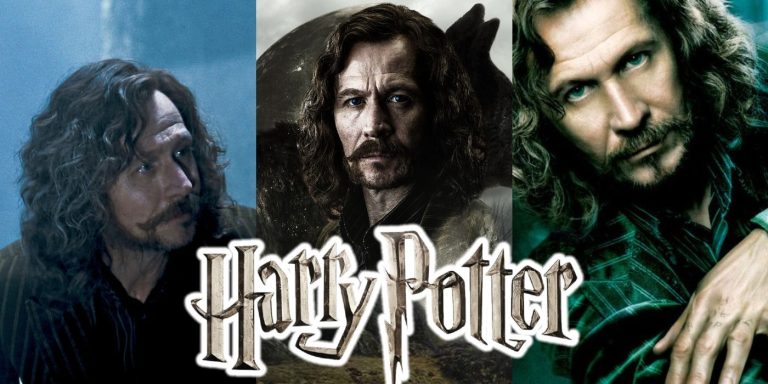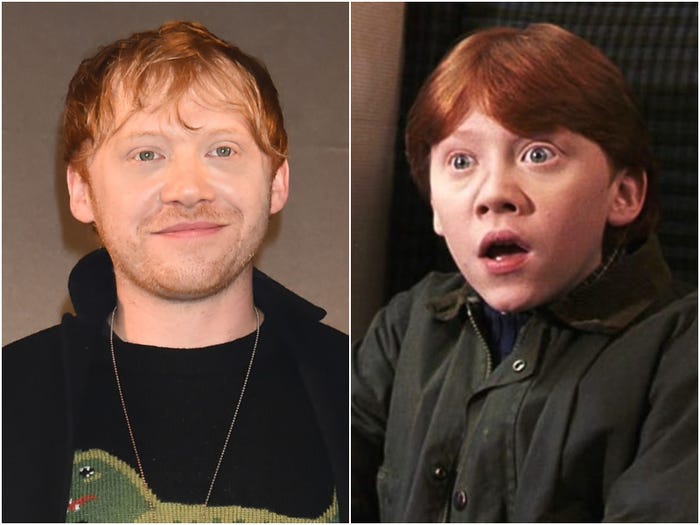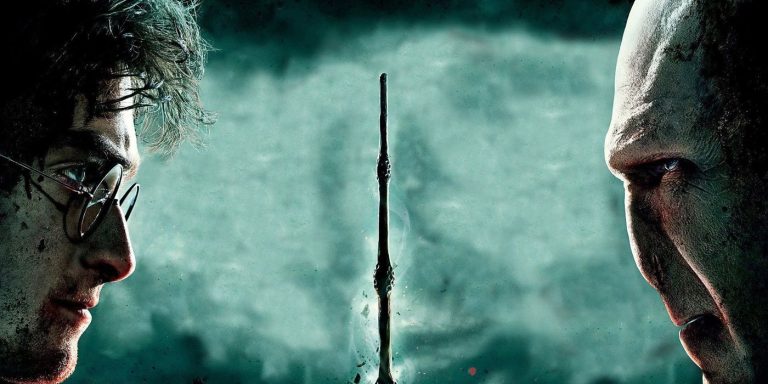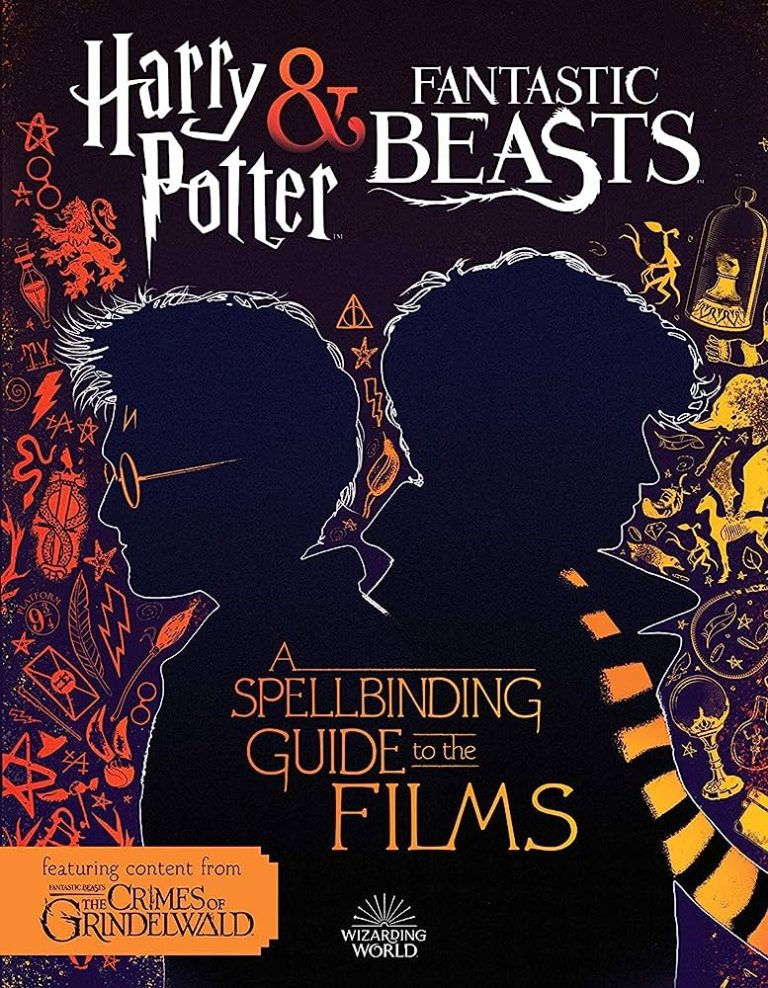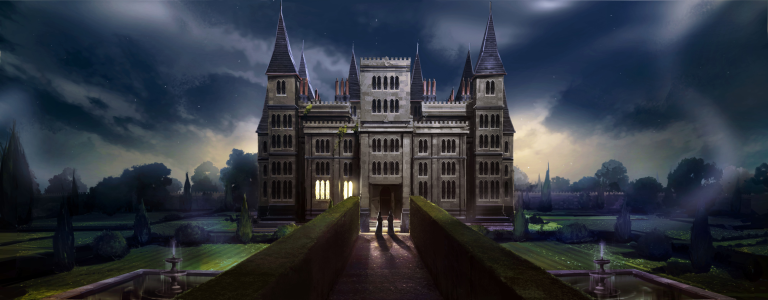The Evolution Of Harry Potter Movies: From Sorcerer’s Stone To Deathly Hallows
The world of Harry Potter has captivated millions of fans around the globe, and one of the most remarkable aspects of this magical journey is the evolution of the movies. From the enchanting “Sorcerer’s Stone” to the epic finale of “Deathly Hallows,” the Harry Potter film series has undergone a remarkable transformation that has kept fans on the edge of their seats. In this article, we will delve into the evolution of the Harry Potter movies, exploring the captivating storylines, mesmerizing visual effects, and the incredible growth of the cast as they brought J.K. Rowling’s wizarding world to life.
The journey begins with “Sorcerer’s Stone,” where we are introduced to the young wizard Harry Potter, played by the talented Daniel Radcliffe. As the series progresses, we witness the characters maturing and facing increasingly complex challenges. From the thrilling action sequences in “Goblet of Fire” to the darker and more emotionally charged tone of “Order of the Phoenix,” each film takes us deeper into the magical realm and showcases the growth and development of its characters. With each installment, the stakes become higher, and the storytelling becomes more nuanced, culminating in the epic conclusion of “Deathly Hallows.” Join us as we explore the evolution of the Harry Potter movies, delving into the magic and wonder that has enchanted fans for over a decade.

The Evolution of Harry Potter Movies: From Sorcerer’s Stone to Deathly Hallows
The Harry Potter movie franchise is one of the most successful and beloved film series of all time. Spanning eight films and a decade of production, the movies brought J.K. Rowling’s magical world to life on the big screen. From the first installment, “Harry Potter and the Sorcerer’s Stone,” to the epic conclusion in “Harry Potter and the Deathly Hallows,” the journey of the characters and the evolution of the movies captivated audiences worldwide.
The Beginning: Sorcerer’s Stone
The journey of the Harry Potter movies began in 2001 with the release of “Harry Potter and the Sorcerer’s Stone.” Directed by Chris Columbus, the film introduced audiences to the magical world of Hogwarts School of Witchcraft and Wizardry. The young cast, including Daniel Radcliffe as Harry Potter, Emma Watson as Hermione Granger, and Rupert Grint as Ron Weasley, brought the beloved characters to life with their exceptional performances.
The first movie set the tone for the entire series, establishing the magical atmosphere, the friendships between the main characters, and the overarching theme of good versus evil. It successfully captured the essence of Rowling’s books and laid the foundation for the subsequent films.
The Success and Challenges of Building a Franchise
As the success of “Harry Potter and the Sorcerer’s Stone” soared, the pressure to deliver captivating sequels grew. The film’s box office success solidified the decision to continue adapting the rest of the books in the series. However, each movie presented unique challenges, from maintaining the integrity of the source material to managing the growth of the young actors.
1. Maintaining the Integrity of the Source Material
One of the main challenges faced by the filmmakers was staying faithful to the source material while making necessary adaptations for the big screen. Rowling’s intricate and detailed world required careful translation to ensure that the essence of the story was preserved. The filmmakers worked closely with the author herself to ensure the movies stayed true to her vision.
2. Managing the Growth of the Young Actors
Another challenge was managing the growth of the young actors who portrayed the main characters. As the movies progressed, the characters matured, and the actors themselves grew up on screen. The filmmakers had to balance the need for realistic character development with the audience’s attachment to the familiar faces. Ultimately, the actors’ growth added depth and authenticity to their portrayals, contributing to the overall success of the franchise.
The Darker Tones: Goblet of Fire and Order of the Phoenix
As the series progressed, the tone of the movies shifted from the lightheartedness of the early films to a darker and more mature atmosphere. “Harry Potter and the Goblet of Fire” marked a turning point in the series, introducing more complex themes and a more sinister antagonist. Directed by Mike Newell, the film delved into the Triwizard Tournament and the rising threat of Lord Voldemort.
1. Transitioning to a Darker Atmosphere
The transition to a darker atmosphere was a deliberate choice by the filmmakers to align with the maturing characters and the escalating conflict. The movies embraced the darker themes present in the later books, exploring the complexities of friendship, loyalty, and sacrifice. This shift allowed the series to grow with its audience and appeal to a wider range of viewers.
2. The Impact of David Yates
Director David Yates played a significant role in shaping the later films in the franchise. He helmed “Harry Potter and the Order of the Phoenix” and continued as the director for the remaining movies. Yates brought a distinct visual style and a deeper exploration of the characters’ emotions. His direction added depth and maturity to the series, earning critical acclaim and further solidifying the franchise’s success.
The Epic Conclusion: Deathly Hallows
The culmination of the Harry Potter movies came with the release of “Harry Potter and the Deathly Hallows.” Split into two parts, the final installment provided a grand finale to the series. The movies explored the ultimate showdown between Harry Potter and Lord Voldemort, bringing closure to the narrative arcs of the beloved characters.
1. Splitting the Final Book
The decision to split “Harry Potter and the Deathly Hallows” into two films allowed for a more detailed and faithful adaptation of the book. The intricate plot and numerous storylines were given the necessary space to unfold, ensuring that no crucial details were left out. This decision also heightened the anticipation and excitement for the final installment, making it a highly anticipated event for fans.
2. The Emotional Impact
“Harry Potter and the Deathly Hallows” delivered an emotional impact that resonated with audiences. The movie explored themes of sacrifice, love, and the power of friendship in the face of adversity. The performances of the cast, who had grown alongside their characters, added a layer of authenticity to the emotional moments, leaving audiences moved and satisfied with the conclusion.
Throughout the evolution of the Harry Potter movies, the franchise remained a cultural phenomenon, captivating audiences of all ages. The films successfully translated the magic of J.K. Rowling’s books onto the big screen, creating a world that will continue to enchant generations to come. The journey from “Harry Potter and the Sorcerer’s Stone” to “Harry Potter and the Deathly Hallows” remains a testament to the power of storytelling and the lasting impact of this beloved franchise.
The Evolution of Harry Potter Movies: From Sorcerer’s Stone to Deathly Hallows
- The Harry Potter movie series is based on the popular book series written by J.K. Rowling.
- The first movie in the series is called “Harry Potter and the Sorcerer’s Stone” and was released in 2001.
- As the series progressed, the movies became darker and more intense, reflecting the darker tone of the later books.
- The final movie in the series, “Harry Potter and the Deathly Hallows: Part 2,” was released in 2011 and concluded the epic story.
- The Harry Potter movies have become a cultural phenomenon, captivating audiences of all ages around the world.
Frequently Asked Questions
1. How many Harry Potter movies are there in total?
The Harry Potter film series consists of a total of eight movies. It all began with the release of “Harry Potter and the Sorcerer’s Stone” in 2001, followed by “Harry Potter and the Chamber of Secrets” in 2002. The series continued with “Harry Potter and the Prisoner of Azkaban” in 2004, “Harry Potter and the Goblet of Fire” in 2005, “Harry Potter and the Order of the Phoenix” in 2007, “Harry Potter and the Half-Blood Prince” in 2009, “Harry Potter and the Deathly Hallows – Part 1” in 2010, and concluded with “Harry Potter and the Deathly Hallows – Part 2” in 2011.
Each movie in the series follows the magical journey of Harry Potter and his friends as they navigate through the wizarding world, facing various challenges and uncovering the truth about Harry’s destiny.
2. Did the actors grow up throughout the movies?
Yes, the actors in the Harry Potter movies did grow up throughout the series. The first movie, “Harry Potter and the Sorcerer’s Stone,” was released when the main cast members were relatively young, with Daniel Radcliffe (who played Harry Potter), Emma Watson (who played Hermione Granger), and Rupert Grint (who played Ron Weasley) all being around 11 years old at the time.
As the years went by and the subsequent movies were released, the actors naturally aged, just like any other person. This added an interesting element to the films, as viewers were able to witness the characters and actors mature together over the course of the series.
3. How did the tone of the movies change as the series progressed?
The tone of the Harry Potter movies evolved as the series progressed. The early films, such as “Harry Potter and the Sorcerer’s Stone” and “Harry Potter and the Chamber of Secrets,” had a more lighthearted and whimsical feel, reflecting the magical world of Hogwarts School of Witchcraft and Wizardry.
However, as the story became darker and the characters faced more perilous situations, the tone of the movies gradually shifted towards a darker and more mature atmosphere. This is particularly evident in the later films, such as “Harry Potter and the Deathly Hallows – Part 1” and “Harry Potter and the Deathly Hallows – Part 2,” which explore themes of sacrifice, loss, and the ultimate battle against evil.
4. Were there any major changes from the books to the movies?
Like any book-to-film adaptation, there were some changes made from the Harry Potter books to the movies. While the movies stayed true to the overall story and characters, certain details and subplots were inevitably altered or omitted to fit the constraints of a feature film.
Some fans of the books may have noticed differences in character development, omitted scenes, or altered storylines. However, the movies were generally well-received by both fans of the books and newcomers to the magical world of Harry Potter.
5. What was the significance of “The Deathly Hallows” in the movies?
“The Deathly Hallows” is a crucial element in the Harry Potter movies. In the series, the Deathly Hallows refer to three powerful magical objects: the Elder Wand, the Resurrection Stone, and the Invisibility Cloak. These objects play a significant role in the final battle between Harry Potter and Lord Voldemort.
Throughout the movies, the search for the Deathly Hallows becomes a central plot point, with Harry and his friends uncovering the truth behind the legend and their potential power. The Deathly Hallows symbolize the ultimate test of character and the choice between power and love, making them essential to the overall narrative and themes of the Harry Potter series.

The Evolution of the Harry Potter Movies (Full Series Critical Review)
Final Summary: The Magical Journey of Harry Potter Movies
And just like that, we’ve reached the end of the captivating journey through the evolution of the Harry Potter movies. From the enchanting halls of Hogwarts to the thrilling battles against the Dark Lord, these films have taken us on a magical adventure that will forever be etched in our hearts. Each installment brought something new to the table, captivating audiences of all ages with its spellbinding storytelling and incredible visual effects.
As we reflect on the evolution of the Harry Potter movies, it’s truly remarkable to see how they have grown and matured over the years. From the innocence and wonder of “The Sorcerer’s Stone” to the dark and intense finale of “The Deathly Hallows,” the series has seamlessly transitioned from a tale of childhood wonder to a complex narrative of love, friendship, and sacrifice.
Throughout this journey, we’ve witnessed the incredible growth of the characters we’ve come to know and love. Harry, Ron, and Hermione have transformed from wide-eyed children into brave and resilient young adults, facing unimaginable challenges along the way. We’ve laughed, cried, and cheered alongside them, feeling like a part of their magical world.
The success of the Harry Potter movies lies not only in their captivating storytelling but also in their ability to transport us into a world filled with wonder and imagination. From the whimsical Quidditch matches to the breathtaking scenery of Hogwarts, each frame was meticulously crafted to bring J.K. Rowling’s vision to life. It’s no wonder these films have become a beloved part of popular culture, captivating generations of fans around the globe.
In conclusion, the evolution of the Harry Potter movies is a testament to the power of storytelling and the enduring magic of the Wizarding World. These films have left an indelible mark on cinema history, reminding us of the importance of love, friendship, and bravery in the face of adversity. As we bid farewell to Harry, Ron, Hermione, and the rest of the beloved characters, we can’t help but feel a sense of gratitude for the incredible journey we’ve been privileged to be a part of. So, grab your wand, hop on your broomstick, and let the magic continue to inspire and enchant us for years to come.

